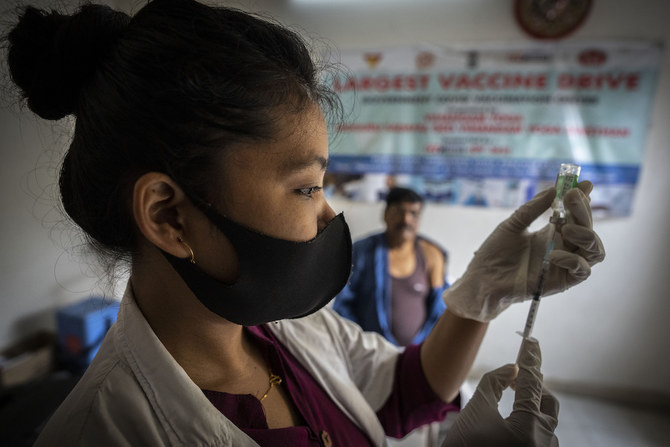The rapidly evolving coronavirus has created another another hyper contagious omicron mutant, which experts are concerned about as it spreads across India and into other nations, including the United States.
According to scientists, the variety, known as BA.2.75, may be able to spread quickly and avoid immunity from vaccines and previous infection. It’s uncertain whether it can cause more serious disease than other omicron variations, such as the widely known BA.5.
“It’s really too early to draw any conclusions,” said Matthew Binnicker, director of clinical virology at the Mayo Clinic in Rochester, Minnesota. “However, it appears that transmission rates, particularly in India, are increasing at an exponential rate.” It remains to be seen whether it will outcompete BA.5.
Nonetheless, the fact that it has already been detected in many parts of the world despite lower levels of viral surveillance “is an early indication it is spreading,” according to Shishi Luo, head of infectious diseases for Helix, a company that provides viral sequencing data to the US Centers for Disease Control and Prevention.
According to Lipi Thukral, a scientist at the Council of Scientific and Industrial Research-Institute of Genomics and Integrative Biology in New Delhi, the latest mutant has been identified in numerous faraway states in India and appears to be spreading quicker than other varieties there.
It has also been found in approximately ten additional countries, including Australia, Germany, the United Kingdom, and Canada. Two instances were recently discovered on the West Coast of the United States, and Helix discovered a third case last week.
A huge number of mutations distinguishing this new variation from omicron forebears adds to specialists’ concerns. Some of the alterations are in locations related to the spike protein and may help the virus to bind to cells more efficiently, according to Binnicker.
Another issue is that the genetic changes may make it easier for the virus to avoid antibodies, which are defensive proteins produced by the body in response to a vaccine or infection with an earlier strain.
Vaccines and boosters, however, remain the best defense against severe COVID-19, according to specialists. The vaccine will most likely be modified in the fall to target more recent omicron strains in the United States.
“Some may say, ‘Well, vaccination and boosting hasn’t prevented people from getting infected.’ And, yes, that is true,” he said. “But what we have seen is that the rates of people ending up in the hospital and dying have significantly decreased. As more people have been vaccinated, boosted or naturally infected, we are starting to see the background levels of immunity worldwide creep up.”
It may take several weeks to determine whether the latest omicron mutant will impact the pandemic’s trajectory. Meanwhile, Dr. Gagandeep Kang, a virus researcher at India’s Christian Medical College in Vellore, said the growing concern over the variation highlights the need for more continuous efforts to track and trace viruses that combine genetic work with real-world data about who is sick and how badly. “It’s critical that monitoring isn’t a one-and-done strategy,” she said.
According to Luo, BA.2.75 is another another reminder that the coronavirus is always developing – and spreading.
“We would like to return to pre-pandemic life,” she remarked, “but we must be cautious.” “We must understand that we are now living with a higher level of risk than we were previously.”
Source: AP


